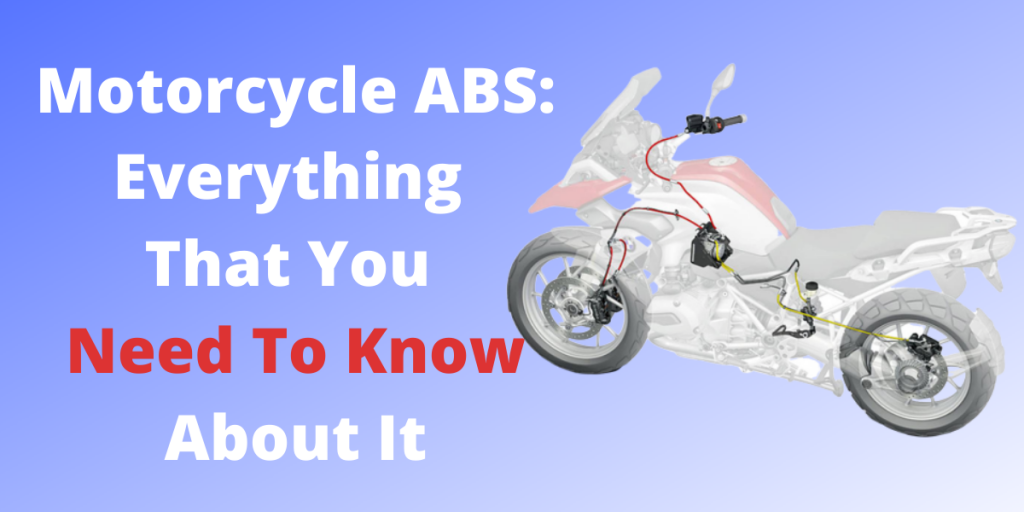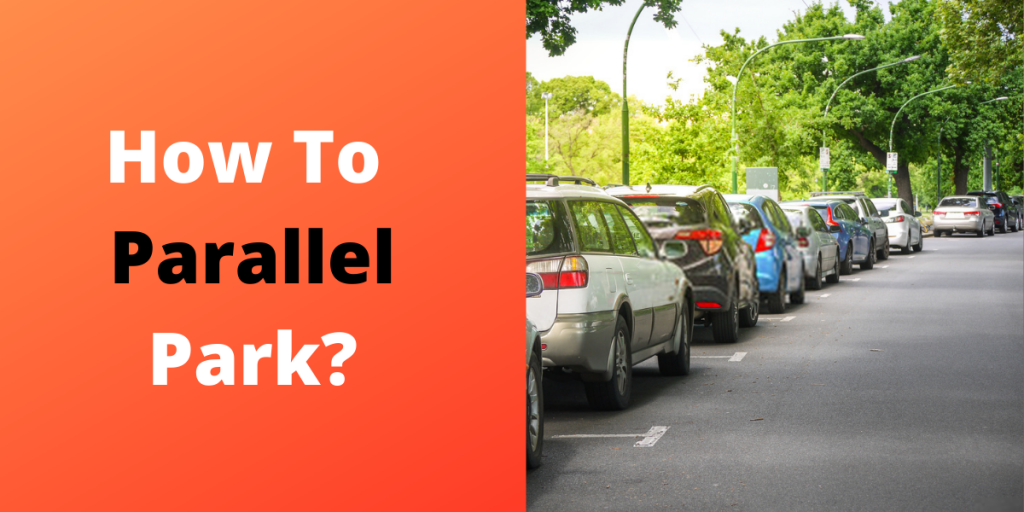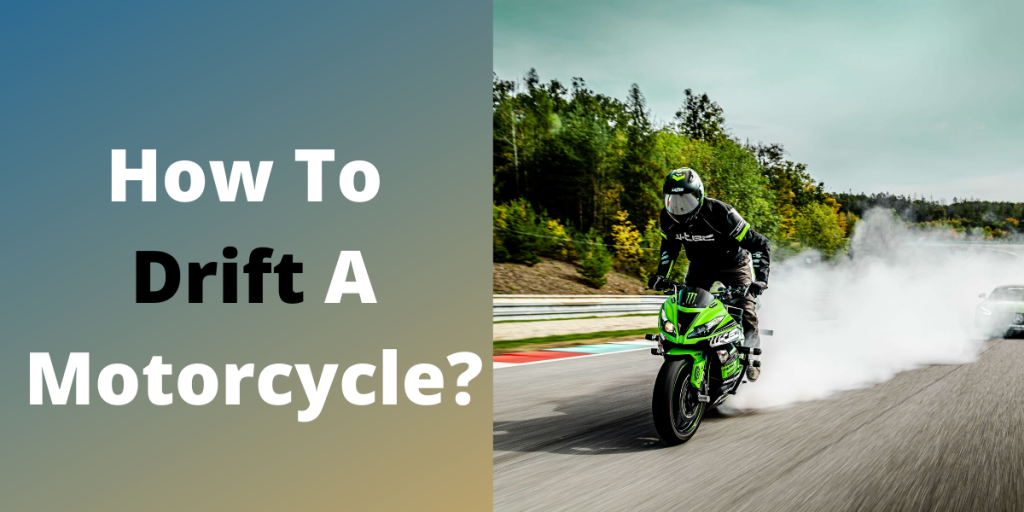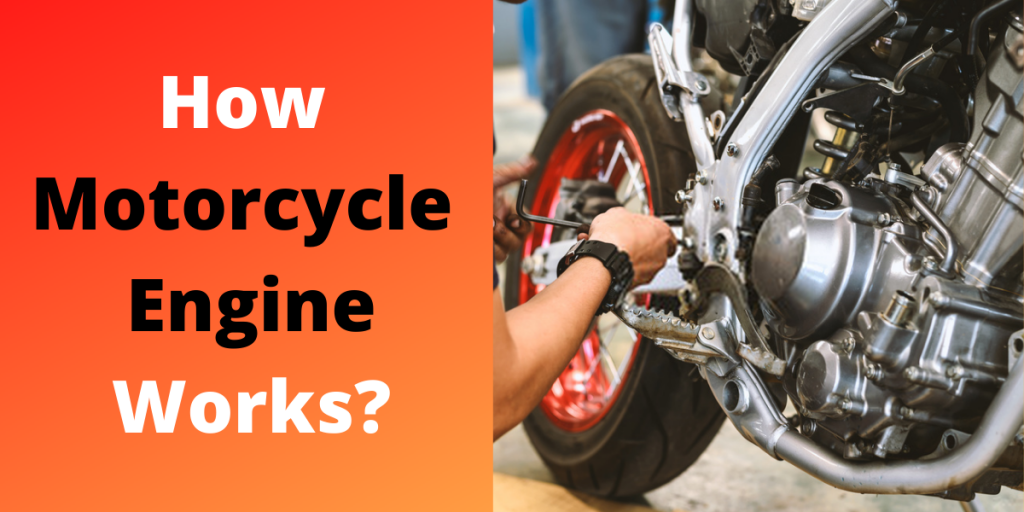Motorcycle ABS is often touted for its effectiveness in preventing wheel lockdown under hard braking, and decreasing braking distance by improving precision.
But you might have heard some people having reservations about the system.
Well, we will now look into these aspects in detail and know if ABS is really a life saver or not.
First of all, various studies have confirmed that ABS is very effective in preventing accidents.
According to “The Insurance Institute of Highway Safety”, fatal crashes on ABS equipped motorcycles have reduced by 31% compared to the unequipped ones.
Swedish Road Administration stated that deadly accidents on motorcycles above 125cc can be lowered by 48% by using ABS!
Statistics apart, we will now see about the functioning of ABS and how it can save your life.
What is ABS for motorcycle?

ABS is an intelligent module and it requires several components to work precisely. It consists of a ring gear attached to the wheel hub, which is known as Tone Wheel or Tone Ring.
This ring gear is connected to a magnetic sensor to generate electric pulses. ABS is also connected to the brake callipers to control brake pressure.
How Does Motorcycle ABS Work?
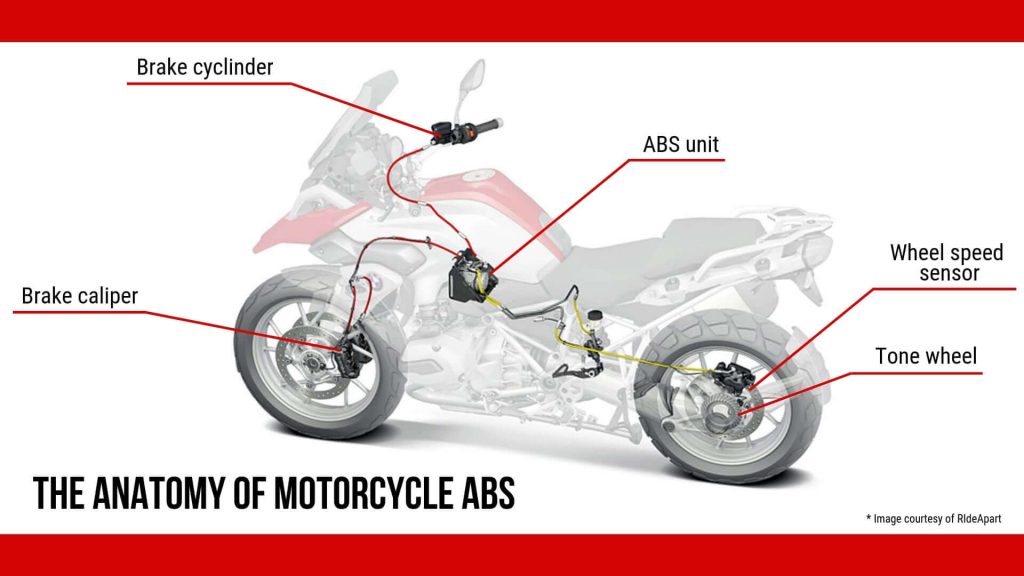
Tone ring which is attached to the wheel hub detects the number of wheel rotations. This information is turned into electric pulses by the magnetic sensor attached in conjunction with the tone ring.
Now these electric pulses are transferred to the ABS unit which is usually housed under motorcycle fairing. This unit calculates the frequency of them and acts if it finds a steep decrease in frequency. It decreases or increases the brake bite by acting on the brake callipers.
When you brake hard, the frequency of electric pulses decreases and it will be zero when wheel lockdown occurs. The ABS unit decreases braking power in this condition thus preventing wheel slide. In a fraction of second, it again increases the bite to stop the motorcycle. A cycle of these steps are performed to bring the motorcycle to halt safely and quickly.
Interestingly, the ABS module reads electric pulses 100 times per second and adjusts the braking pressure for 10 times per second! Hence the ABS system works precisely, and you can vouch on it any day.
Where do you feel ABS handy?
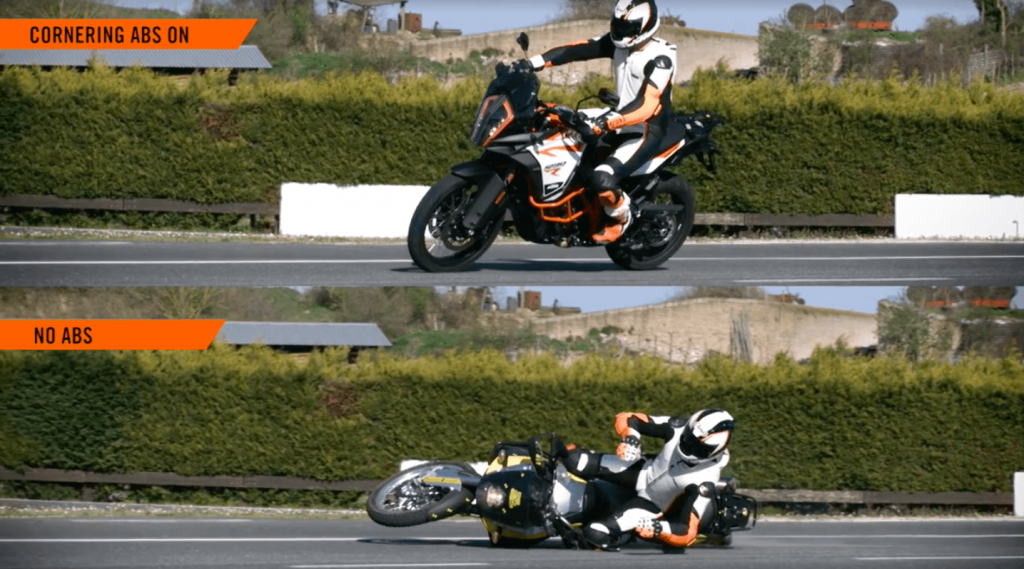
You can feel ABS handy in all road conditions, but in particular where you feel the tire grip is poor. On wet, dusty, loose gravel, mud and greasy roads you will admire the braking power of ABS. These roads are hard to handle and even the most experienced riders can run into dangerous situations.
Even on the city roads, you will find it handy. Thanks to the road rules offenders, over speeding vehicles and random road crossing by pedestrians is a common sight these days. Even if you ride responsibly, you can get into an accident due to the negligence of others.
Motorcycles leave you in the open, which is a fantastic way to enjoy a ride, but it also poses lethal bodily harm in case of an accident. So it is better to avoid any accident than being sorry later. ABS is the best system in this regard, and you can invest in it without any second thought.
Misconceptions About Motorcycle ABS
Regardless of the safety features on offer by ABS, common misconceptions are circulating among riders. They are:
1. It prevents me from slowing down quickly
ABS never intervenes with braking until and unless it detects the possibility of a wheel lockdown. So, you can put your braking skills into play without any hesitation. Even during wheel lockdown, it speeds up the braking process in a safe manner, so that the motorcycle stops in less possible distance in less possible time. So ABS does not prevent you from slowing down quickly in any condition.
2. ABS adds up additional weight to the motorcycle
Gone are the days when motorcycle ABS was used to be a knocked down version of four-wheeler ABS. They were heavy and added up unnecessary weight to the motorcycles. Today all motorcycle ABS units are manufactured specifically for two-wheelers, thereby decreasing the weight and size. So there is no added weight to the motorcycles, which does not affect pickup and fuel efficiency.
3. ABS occupies a large space
As said above, ABS units are being manufactured specifically for two-wheelers these days. So the size and weight are maintained accordingly. The present day motorcycle ABS will fit under the motorcycle fairing without any issue. Full and semi fairing motorcycles (sports bikes, tourers, etc.) will conceal the ABS unit within their fairings. For naked motorcycles and cruisers, the ABS unit is visible. however, it gels with the overall engine unit. But it does not demand extra space anyway.
4. ABS is not suitable for every motorcycle
It is not at all a valid point. Every motorcycle can be equipped with ABS. There are two types of braking systems in motorcycles. In one system, the front and rear brakes operate separately. And in the other, the front and rear brakes are linked to each other (Combi-Braking System or CBS). Applying one brake will automatically operate the second one either fully or partially.
5. Motorcycles with ABS are expensive
Of course they are expensive, as they house expensive ABS units. Further, there are different types of ABS units in the market, which can vary the price immensely. First of all, when we talk about ABS, it is evident that we focus on safety. Whatever the price you pay for these units, you are only making the rides safer. Further, if a person meets with an accident on his or her motorcycle, think about the medical costs involved. Having an advanced ABS unit will save you from the high medical expenses and exhaustion of medical insurance.
Conclusion
Leave the myths aside, and if you are looking forward to having safe rides, then investing in an ABS unit or buying a motorcycle with ABS makes sense. It will make your road trips more pleasurable with peace of mind.
Read More: How To Adjust Motorcycle Chain
